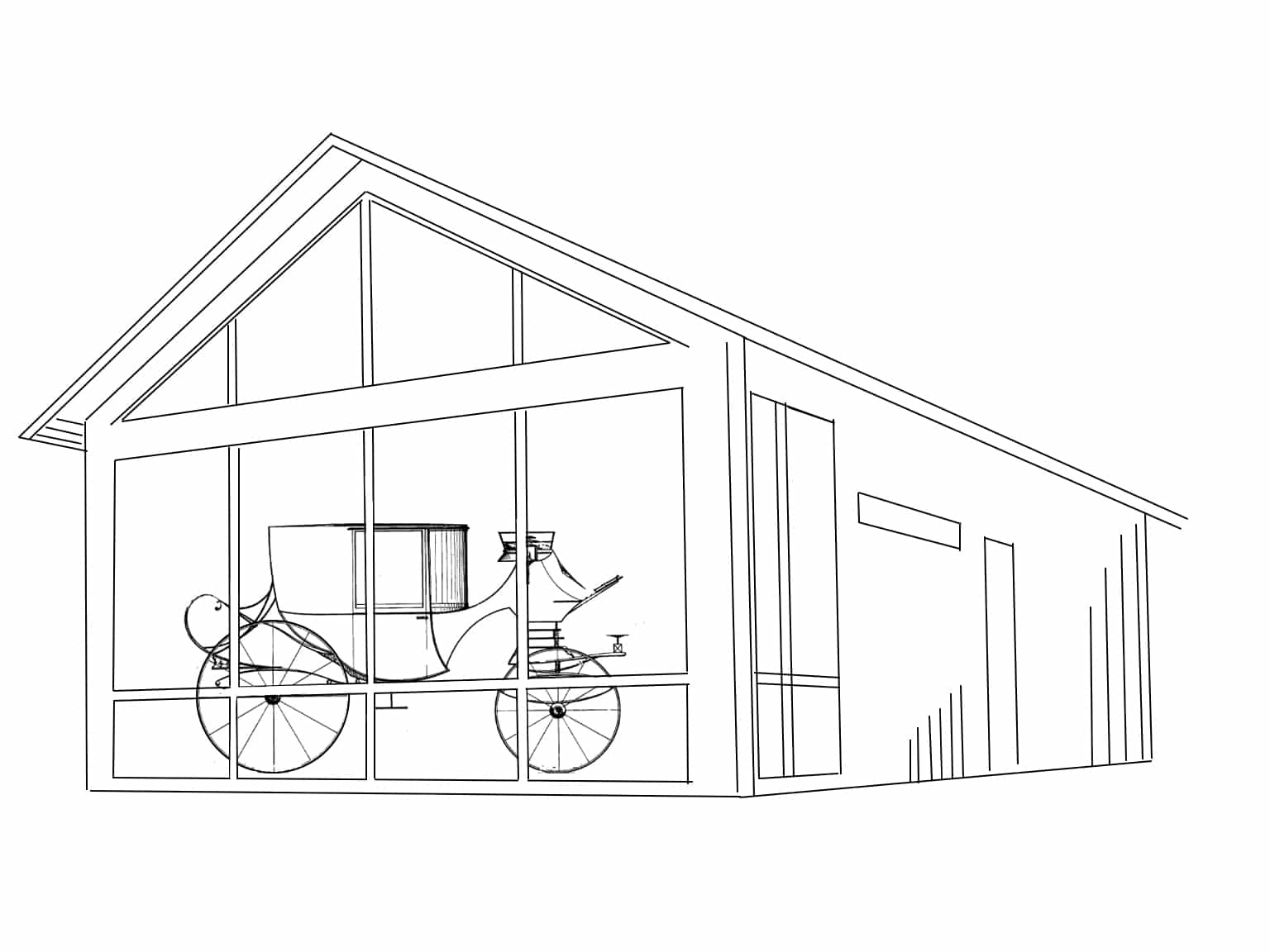Call Us
(203) 966-1776
Email Us
info@nchistory.org
Find Us
13 Oenoke Ridge Road,
New Canaan, CT
06840
Hours
Tuesday - Saturday: 10:00am - 4:00pm
or by appointment
Search
Type and hit enter
Call Us
(203) 966-1776
Email Us
info@nchistory.org
Find Us
13 Oenoke Ridge Road,
New Canaan, CT
06840
Hours
Tuesday - Saturday: 10:00am - 4:00pm
or by appointment


